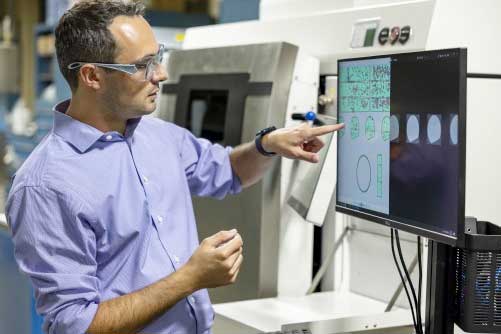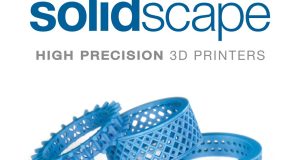Scientists at Oak Ridge National Laboratory (ORNL) in the USA have developed a new method for inspecting the quality of metallic 3D printed parts. In the laser powder bed fusion (LPBF) process, it has been difficult to reliably detect defects deep in the layer structure.
The ORNL researchers therefore combine an inspection of the finished part with sensor data collected during the printing process. An AI algorithm thus identifies defects and calculates the probability of correct detection. According to the scientists, this allows defects as small as 0.5 mm to be detected with 90% certainty.
This enables confidence in component quality comparable to conventional inspection methods, but with significantly less time and effort. In addition, components made of dense metals can be inspected where non-destructive testing was previously not possible.
The new method should help to establish additive manufacturing technologies such as 3D printing more firmly in industrial series production. The more precisely defects are detected, the more freedom there is in component design. According to the ORNL researchers, the next step is to reliably distinguish between different types of defects and categorize them accordingly.
For more on this, see the paper “Scalable in situ non-destructive evaluation of additively manufactured components using process monitoring, sensor fusion, and machine learning.”
Subscribe to our Newsletter
3DPResso is a weekly newsletter that links to the most exciting global stories from the 3D printing and additive manufacturing industry.























